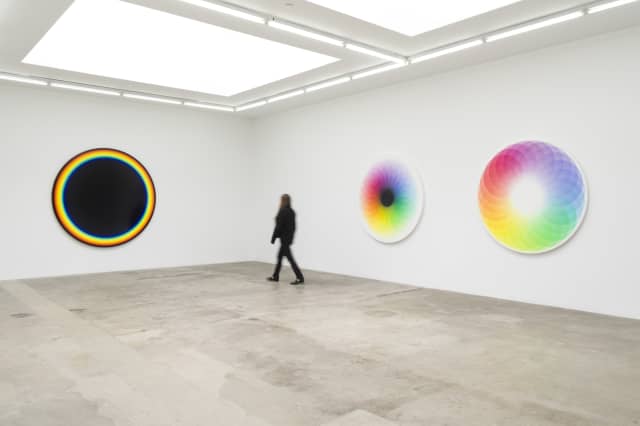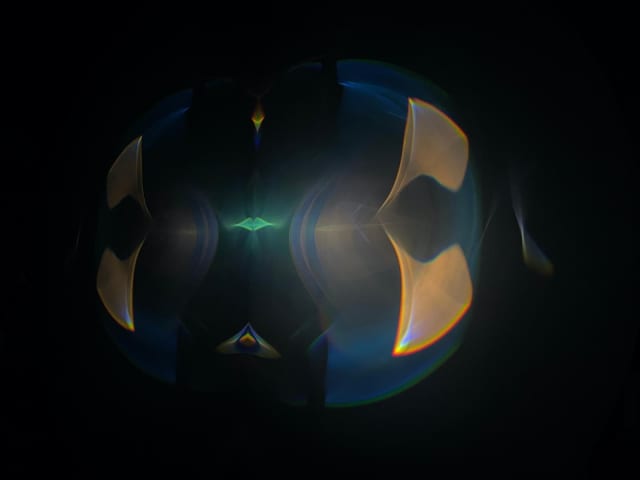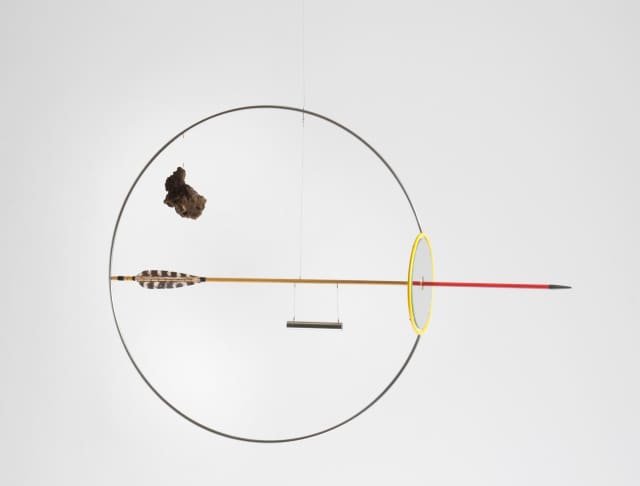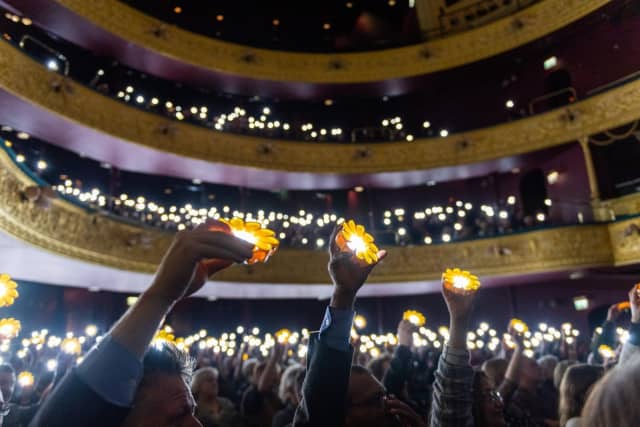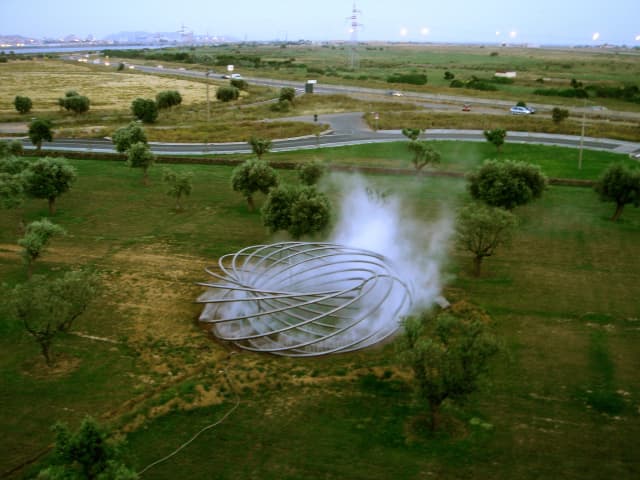The Venice Biennale Architettura 2021 asks, How will we live together?
Future Assembly is a response to curator Hashim Sarkis’s invitation to imagine a design inspired by the United Nations – the current paradigm for a multilateral assembly. We invited all Biennale participants to come together and offer more-than-human Stakeholders from their local situations for Future Assembly, in order to find novel, imaginative ways of spatially representing diverse, nonhuman agencies. More than 50 proposed new planetary representatives now make up the Assembly. Surrounding the central assembly, Future Assembly Chart forms a living collection of attempts by humans to recognise and secure the rights-of-nature.
We believe that our future imaginaries must include the more-than-human – that which both includes and exceeds humanity. The more-than-human is the many entanglements of human existence with living and nonliving entities, all of which have a stake in the planet’s future. The more-than-human means more than just nonhuman: It is the many overlapping spheres of human, nonhuman, living, and nonliving existence; it is as much a situation as any entity. One snapshot of the more-than-human could be the Sahara winds carrying desert sands high into the atmosphere and across the Atlantic, seeding the Amazon rainforest with vital nutrients that grow the ‘lungs of Earth’. Yet another could be the human decimation of the wolf population in Yellowstone, breaking a single link in the food chain and unleashing a cascade of effects that literally throws a whole river off course. The more-than-human is also the flipside – the reintroduction of that wolf species to the same park, transforming an entire habitat and even recalibrating its microclimate. The more-than-human challenges perceived boundaries of human identity and swells the definition of ‘we’.
Future Assembly is a response to Biennale curator Hashim Sarkis’s invitation to imagine a multilateral design, inspired by the United Nations, for his exhibition in the Central Pavilion. The United Nations – the paradigm for a multilateral assembly of the twentieth century – was founded in 1945 in response to political, social, economic, and humanitarian crises. Today, an equally radical response to the urgent, human-propelled climate crisis is needed.
Studio Other Spaces (SOS), represented by artist Olafur Eliasson and architect Sebastian Behmann, is collaborating especially for this occasion with Paola Antonelli, senior curator of architecture and design at the Museum of Modern Art, New York; Hadeel Ibrahim, activist; Caroline A. Jones, professor of art history at MIT; Mariana Mazzucato, professor and founding director of the Institute for Innovation and Public Purpose at University College London; Kumi Naidoo, ambassador for Africans Rising for Justice, Peace and Dignity; and Mary Robinson, chair of the Elders and adjunct professor of climate justice at Trinity College, Dublin. Future Assembly is structured around reciprocity, collaboration and coexistence. This extends to our design approach: Imagining possible futures requires us to stretch our definitions of co-existence and collaboration to include the more-than-human and to find novel ways of spatially representing diverse nonhuman agencies so they may take a seat at the table.

